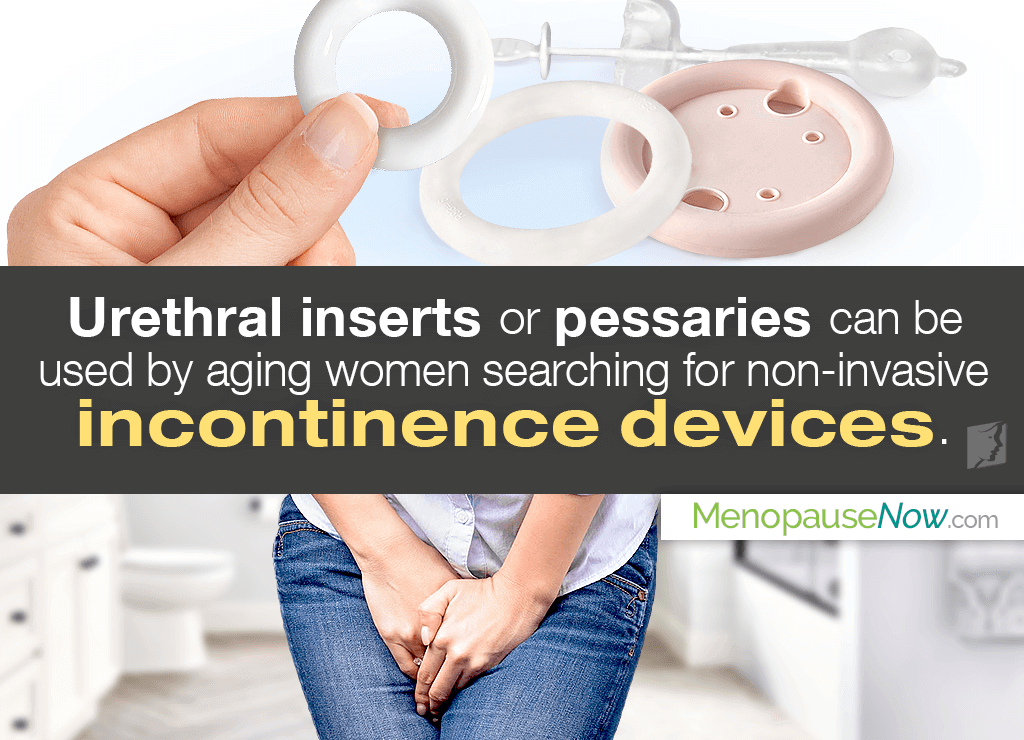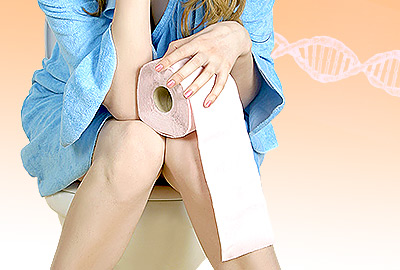Urinary incontinence is a loss of bladder control that affects twice as many women as men.1 And contrary to popular belief, it is not a normal part of aging. For women who want to avoid surgery and exercise more non-invasive methods, incontinence devices may provide the relief they've been looking for.
Continue reading to learn all about urinary incontinence devices to have a more complete understanding of the various options available to you for ultimate bladder health.
Urethral inserts
This incontinence device has the following characteristics:
How They Work
A urethral insert is a small, tampon-like device that can be inserted into the urethra, hence the name. It serves as a plug to prevent leakage.
Benefits
For women who are active, this urinary incontinence device could be preferable as it can be inserted into the urethra before engaging in any rigorous activity, such as dancing. Then, when she is ready to urinate, she removes the insert and uses the bathroom as normal.
Risks
Aside from the general discomfort of inserting a foreign object into the urethra, urethral inserts usually do not exhibit any risks when used correctly and short-term.
Caution has to be used when inserting the device so that no microbials are transmitted through it into the urethra.
Pessaries
Pessaries are another frequently used urinary incontinence device.
How They Work
This incontinence device prevents urine leakage by holding up the bladder, which is close to the vagina, to support the pelvic floor muscles.
Benefits
Women who wear pessaries are still able to urinate and have bowel movements.
Also, there are various types of pessaries, mainly shaped as a ring, diaphragm, cube, or dish. Because of this, women can choose a type that is relatively easy to insert and remove.
Moreover, pessaries are commonly used in women who have suffered from a uterine prolapse from multiple vaginal births, hysterectomy, or conditions that involve repetitive bearing down, such as chronic coughing or constipation.
Risks
Aside from allergies to the product material, one of the most common side effect of pessary insertion is vaginal discharge or odor, which can be minimized with gel or a vinegar or hydrogen peroxide douche.
Postmenopausal women using pessaries may suffer from additional irritation (due to lack of estrogen and natural lubricant), which can normally be remedied with creams.
Furthermore, women with active infections of the pelvis or the vagina, such as pelvic inflammatory disease (PID) or a urinary tract infection (UTI), will be unable to use the pessary until the infection passes.
Also, similar to urethral inserts, women need to have caution when inserting pessaries as infections can occur easily due to improper sanitation.
Recommendations
Aside from aforementioned urinary incontinence devices, aging women may also instill lifestyle and home remedies for optimal results in managing and treating the condition. These natural and effective incontinence treatments include loading up on phytoestrogenic foods for hormonal balance, timing urination, performing Kegels, and taking alternative medicine. Click on the treatments link to discover how a positive attitude and the right initiative can make urinary incontinence a thing of the past!
Sources
- Cleveland Clinic. (2019). This Tampon-Like Device Stops Your Urinary Incontinence. Retrieved November 26, 2019, from https://health.clevelandclinic.org/this-tampon-like-device-stops-your-urinary-incontinence/
- Mayo Clinic. (2019). Urinary incontinence: Diagnosis & treatment. Retrieved November 26, 2019, from https://www.mayoclinic.org/diseases-conditions/urinary-incontinence/diagnosis-treatment/drc-20352814
- The Simon Foundation for Continence. (n.d.). A Pessary for the Management of Urinary Incontinence in Women. Retrieved November 26, 2019, from https://simonfoundation.org/pessary-urinary-incontinence/
- Viera, A.J. & Larkins-Pettigrew, M. (2000). Practical Use of the Pessary. American Family Physician, 61(9), 2719-2726. Retrieved November 26, 2019, from https://www.aafp.org/afp/2000/0501/p2719.html
Footnotes:
- Office on Women's Health. (2019). Urinary incontinence. Retrieved November 26, 2019, from https://www.womenshealth.gov/a-z-topics/urinary-incontinence




